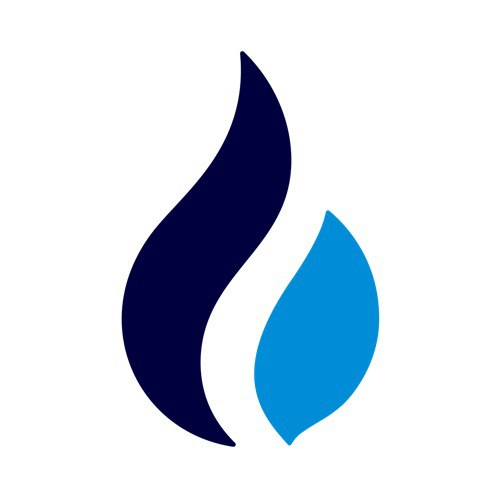
PSTAKE
项目开始时间

2022年2月24日
关于
1. Background IntroductionpSTAKE Finance is a decentralized finance (DeFi) platform focused on unlocking liquidity for staked assets. It operates within the Cosmos ecosystem and supports multiple Proof-of-Stake (PoS) blockchains. The platform allows users to stake their assets while maintaining liquidity by minting staked derivatives (stkASSETS). pSTAKE is developed by Persistence, a project known for its interoperability-focused blockchain solutions.2. Core Website ContentThe pSTAKE website primarily showcases its liquid staking solution for various PoS assets like ATOM, XPRT, and ETH (with more chains planned). Key sections include: 1) Product features explaining staking mechanisms, 2) Supported assets, 3) Documentation/whitepapers, 4) Governance details, 5) Token utility for PSTAKE, and 6) Integration partnerships. The platform emphasizes cross-chain functionality and composability with other DeFi protocols.3. Technical FeaturespSTAKE utilizes a dual-token model (native asset + stkASSETS) and smart contracts for minting derivatives. It employs Cosmos SDK/IBC for interoperability and Ethereum for wider DeFi integration. Key innovations include: 1) Non-custodial staking, 2) Automatic reward compounding, 3) Multi-chain validator support, and 4) Cross-chain transfers of staked assets. The protocol also features a governance module for decentralized decision-making.4. Token EconomicsThe PSTAKE token serves multiple purposes: 1) Governance voting, 2) Fee discounts, 3) Validator incentives, and 4) Liquidity mining rewards. Token distribution includes: 25% ecosystem growth, 20% team (3-year vesting), 18% investors, 15% foundation, 12% public sale, and 10% staking rewards. Inflation is controlled through burning mechanisms tied to protocol fees.5. Competitor ComparisonCompared to similar liquid staking protocols like Lido (ETH-centric) or Stride (Cosmos-focused), pSTAKE differentiates through: 1) Multi-chain support beyond just Cosmos or Ethereum, 2) Deeper DeFi integrations via Persistence's ecosystem, and 3) Flexible unstaking periods. However, it faces strong competition in user adoption from established players with larger TVL.6. Risks & ChallengesKey risks include: 1) Smart contract vulnerabilities, 2) Slashing risks from validator misbehavior, 3) Regulatory uncertainty around staking derivatives, and 4) Competition from centralized alternatives. The project must also overcome technical complexity in maintaining multi-chain support and achieving sufficient liquidity for stkASSETS across DeFi markets.7. Industry FutureAs PoS adoption grows (especially post-Ethereum Merge), liquid staking solutions like pSTAKE could see increased demand. The protocol is well-positioned if it can: 1) Expand to major PoS chains, 2) Foster deep liquidity pools, and 3) Navigate regulatory landscapes. Interoperability focus aligns with industry trends toward multi-chain DeFi ecosystems.8. ConclusionpSTAKE offers a technically robust solution for liquid staking with strong cross-chain capabilities. While facing competitive pressures, its multi-chain approach and Persistence ecosystem backing provide differentiation. Success hinges on achieving critical mass in TVL, maintaining security across chains, and driving adoption of stkASSETS in DeFi composability. The project represents a promising player in the evolving liquid staking sector. 更多>












































 看多
看多
 看空
看空